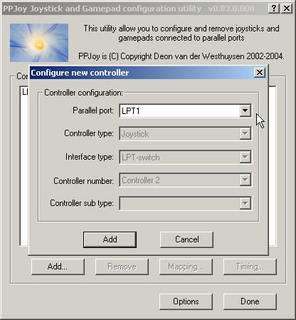

It is suggested that the capacity of virtual reality is not currently used to its full extent when it comes to artistic manifestation. The study reveals following findings: (1) the coherence of a virtual environment is more crucial than a realistic representation of the physical world in inducing a sense of immersion (2) the degree of agency is inverse in proportion to the degree of authorship in VR experiences (3) placing constraints on participants’ movements can bring about a strong emotional impact and (4) the participant’s attitude and behaviour changes according to the given identity in a virtual environment.

The demonstration of VR aesthetics is investigated through the qualitative content analysis of four contemporary VR installations. Pioneering first-generation VR artworks are reviewed through the scope of artistic exploration, and four key aesthetic pleasures in VR experience are proposed: immersion, agency, navigation, and transformation. This thesis examines how head-mounted display-based virtual reality can be used for artistic expression, focussing on the aesthetic pleasures of the medium. It is essen- tial to emphasise the aesthetic dimension of virtual reality in order to develop the medium as a powerful artistic mode of expression. There has been a lack of discussion concerning virtual reality as an expressive medium.


 0 kommentar(er)
0 kommentar(er)
